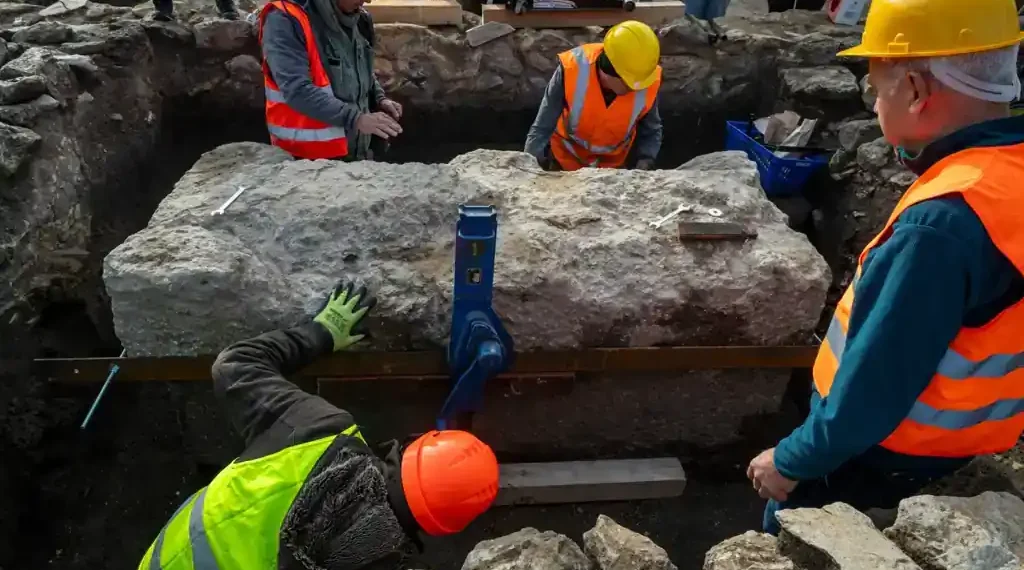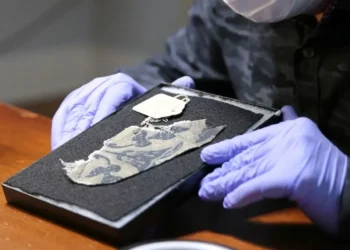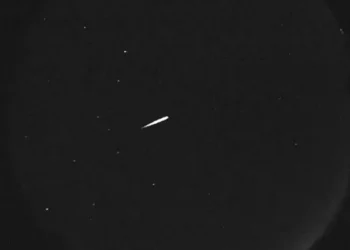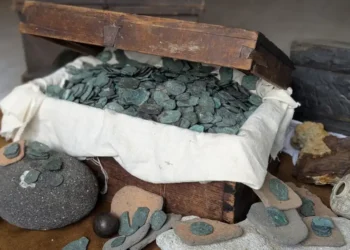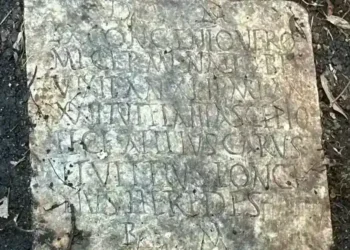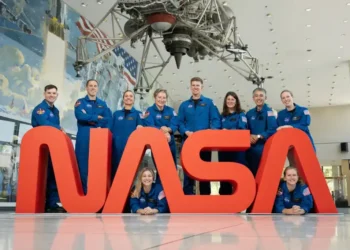Roman Sarcophagus Found in Budapest Reveals Pristine 4th-Century Burial
A remarkably preserved Roman sarcophagus, dating back approximately 1,700 years, has been discovered in Budapest, Hungary, shedding light on the life and social status of a young woman in the Roman province of Pannonia. The limestone coffin, found in Óbuda, a district that once formed part of Aquincum, remained sealed and untouched, providing a rare archaeological glimpse into Roman funerary customs.
Discovery in Óbuda
Excavation Details
Archaeologists from the Budapest History Museum uncovered the sarcophagus during a large-scale excavation in northern Óbuda. The coffin, secured with metal clamps and molten lead, had remained undisturbed for centuries. Upon lifting the lid, researchers found a complete skeleton alongside dozens of artifacts, preserved in extraordinary condition.
“The peculiarity of the finding is that it was a hermetically sealed sarcophagus. It was not disturbed previously, so it was intact,” said Gabriella Fényes, the lead archaeologist overseeing the project.
The sarcophagus was situated among the ruins of abandoned Roman houses, repurposed as a burial ground after being vacated in the 3rd century. Nearby, researchers identified a Roman aqueduct and eight simpler graves, none matching the richness or preservation of the sealed tomb.
Grave Goods and Social Status
Artifacts Indicating Affluence
The coffin contained a variety of objects consistent with Roman funerary traditions. Among them were two intact glass vessels, bronze figurines, 140 coins, a bone hairpin, amber jewelry, and traces of gold-threaded fabric. The size of the skeleton and accompanying items suggest the tomb belonged to a young woman.
“These items were given to the deceased by her relatives for her eternal journey,” Fényes said. “The deceased was buried very carefully by her relatives. They must have really loved who they buried here.”
Gergely Kostyál, a specialist in Roman-period archaeology and co-leader of the project, emphasized the uniqueness of the find. “This probably means that the deceased was well-to-do or of a higher social status,” he said. “It is truly rare to find a sarcophagus like this, untouched and never used before, because in the fourth century it was common to reuse earlier sarcophagi.”
Historical Context
Aquincum and Pannonia
During the Roman period, much of modern-day Hungary was part of the province of Pannonia. The site of the sarcophagus lies less than 1.6 kilometers from a legionary camp that protected the Danube frontier. The surrounding civilian settlement likely included homes, workshops, and public spaces associated with the military presence.
“The sarcophagus and its contents definitely make it stand out,” Kostyál noted. “It is quite clear that this sarcophagus was made specifically for the deceased.”
Ongoing Analysis and Future Findings
Anthropological Study
Researchers will conduct a detailed examination of the young woman’s remains, aiming to determine her age, health, and geographic origins. Initial findings already suggest she belonged to an affluent social stratum, based on the grave’s placement and the abundance of carefully arranged artifacts.
Excavators also removed a 4-centimeter layer of mud from inside the coffin, which may contain additional treasures. Fényes expressed hope that more personal items, such as earrings, might emerge during this process.
Emotional and Scientific Significance
A Glimpse into Ancient Devotion
Beyond its archaeological importance, the sarcophagus offers an emotionally resonant insight into Roman family life. “I was very touched by the care and expression of love that we were able to get a glimpse of,” Fényes said. “Even now, I shudder to think how painful it must have been for the people at that time to bury this young lady.”
The discovery provides a unique opportunity to understand not only the funerary practices of the late Roman period in Pannonia but also the social and emotional dimensions of life along the Danube frontier.
This article was rewritten by JournosNews.com based on verified reporting from trusted sources. The content has been independently reviewed, fact-checked, and edited for accuracy, neutrality, tone, and global readability in accordance with Google News and AdSense standards.
All opinions, quotes, or statements from contributors, experts, or sourced organizations do not necessarily reflect the views of JournosNews.com. JournosNews.com maintains full editorial independence from any external funders, sponsors, or organizations.
Stay informed with JournosNews.com — your trusted source for verified global reporting and in-depth analysis. Follow us on Google News, BlueSky, and X for real-time updates.
